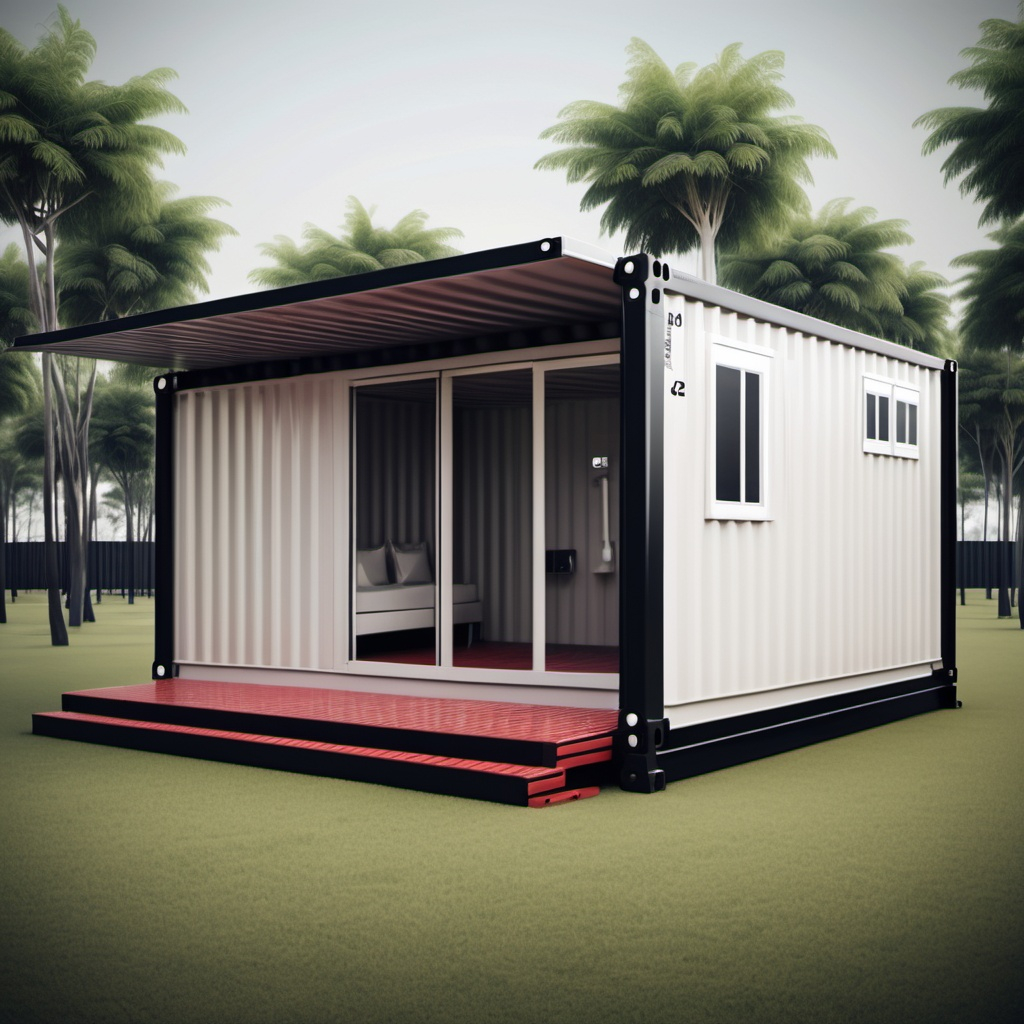Shipping containers have transcended their original purpose and emerged as a flexible and innovative material in modern architecture and design, offering numerous uses that reflect sustainability, cost-efficiency, and creativity. One prominent application is in the construction of affordable housing. Architects are repurposing containers into stylish homes that are not only cost-effective but also conducive to rapid construction. These modular homes can be easily transported and stacked, providing a viable solution for addressing housing shortages in urban areas.
Moreover, shipping containers are making their mark in commercial spaces. Many businesses, such as cafes, restaurants, and retail shops, are setting up shop in converted containers, providing unique and eye-catching storefronts. This trend not only reduces construction costs but also allows businesses to occupy unconventional spaces, such as vacant lots or urban areas undergoing revitalization. Additionally, container-based pop-up shops are gaining popularity, offering businesses a low-risk way to test new markets without committing to long-term leases.
Another innovative application is in community and educational centers. Shipping containers are being transformed into libraries, art studios, and community hubs that promote engagement and creativity. These spaces can be designed to host workshops, exhibitions, and events, fostering collaboration within neighborhoods while being environmentally friendly.
Eco-conscious architects are also utilizing containers in sustainable building projects. By reusing these steel structures, they significantly minimize waste and reduce the need for new materials, making a positive impact on the environment. Some designs integrate green roofs, solar panels, and rainwater harvesting systems, further enhancing their sustainability credentials.
In the realm of public infrastructure, shipping containers are increasingly being utilized for emergency shelters and disaster relief housing. Their modular nature allows for quick assembly and disassembly, making them ideal for urgent situations. Organizations have successfully deployed container units in disaster-stricken areas to provide temporary homes, clinics, and schools, demonstrating their utility beyond conventional construction.
Lastly, shipping containers are used creatively in outdoor and recreational spaces. They are being repurposed as swimming pools, garden sheds, or playgrounds in urban parks, providing unique recreational options. This innovative approach not only redefines these spaces but also enhances urban living by incorporating art and utility into everyday environments.
In summary, shipping containers have been embraced in modern architecture for their versatility and innovation. Through adaptive reuse, they contribute to affordable housing, commercial spaces, community centers, sustainable practices, emergency solutions, and recreational areas. As designers and architects continue to push the boundaries of creativity, the potential of shipping containers in architecture remains vast, leading to exciting new concepts and designs that meet the needs of contemporary society.
